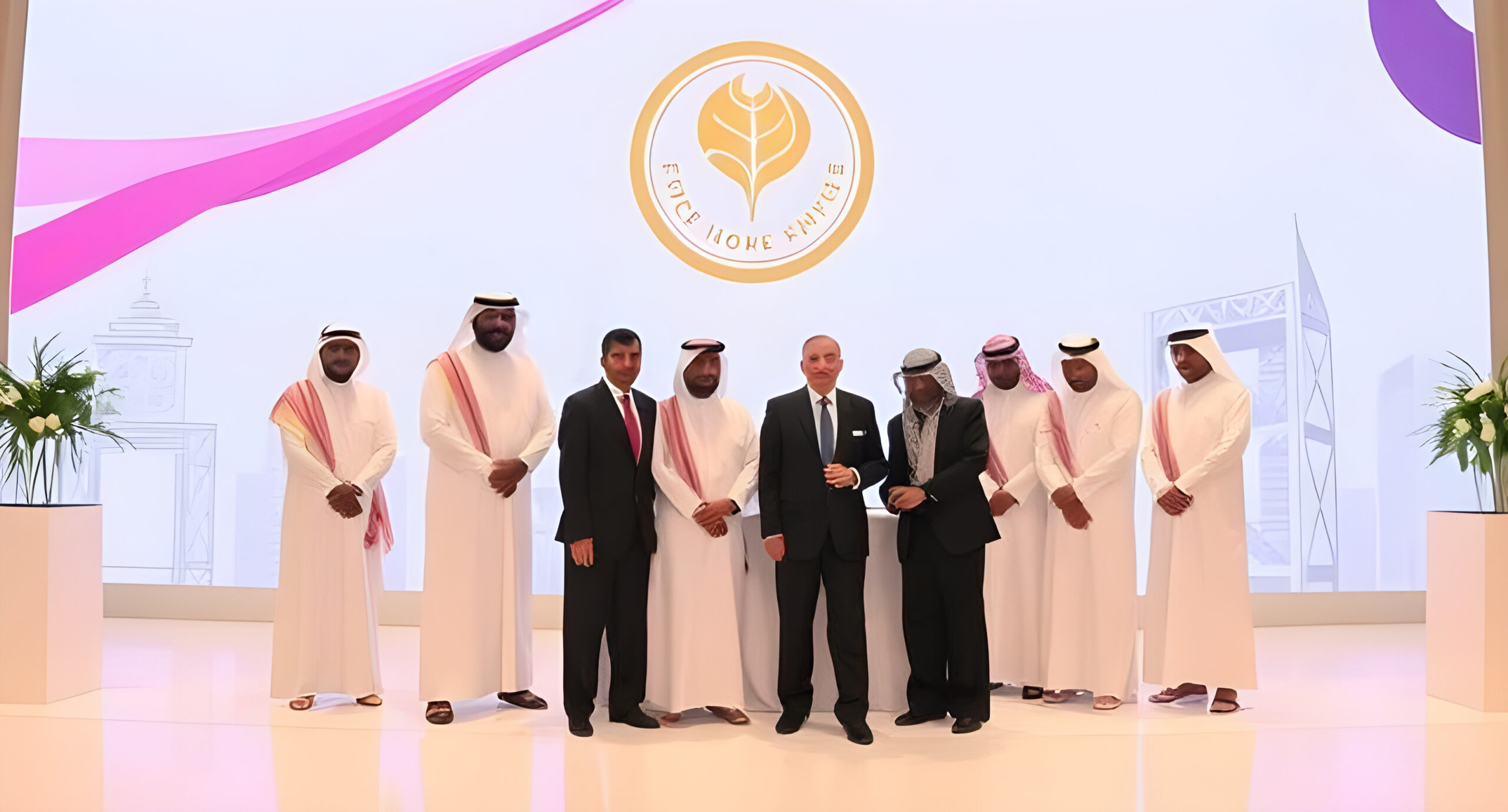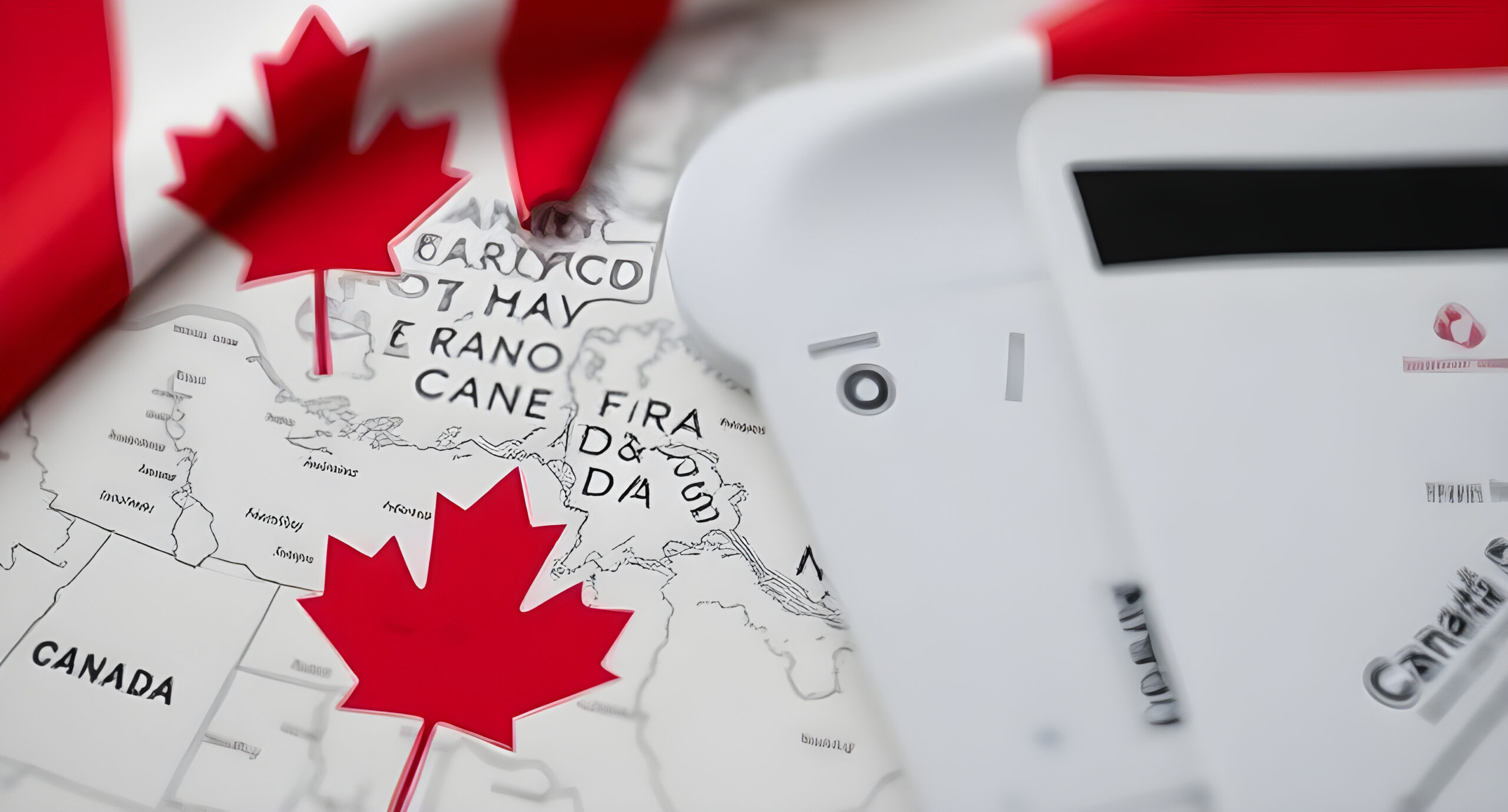The United Arab Emirates (UAE) ranks as the country providing the highest level of material well-being to its residents in the Arab region, followed closely by Kuwait and Qatar, according to a report by the United Nations Economic and Social Commission for Western Asia (ESCWA). This ranking is based on per capita actual individual consumption (AIC) and purchasing power parity (PPP)-based per capita GDP. Other Arab countries that made it to the top list for material well-being include Saudi Arabia, Bahrain, Oman, Egypt, and Tunisia.
Material well-being encompasses not just financial health but also physical and mental well-being. It is often assessed using AIC per capita, which provides a more accurate picture of the standard of living compared to GDP per capita alone. AIC includes all goods and services used by households, whether purchased directly or provided by governments or nonprofits.
Majed Skaini, the International Comparison Programme regional programme manager for the Arab region at ESCWA, noted that while Qatar is the richest Arab country, it ranks third in terms of material well-being. The UAE scored the highest in the region, ranking 24th globally, followed by Kuwait and Qatar. This disparity highlights the importance of considering AIC alongside GDP when evaluating a country’s overall well-being.
The UAE’s strong performance can be attributed to several factors, including mandatory health insurance, employment protection schemes, and financial security initiatives for private sector workers. Additionally, the high per capita income in oil-producing Gulf countries like the UAE contributes to strong buying power among residents.
In terms of consumer expenses, Qatar is the most expensive Arab country, followed by the UAE and Kuwait. On the other end of the spectrum, Syria remains the least expensive, with Egypt and Sudan being the second and third least expensive, respectively. The Arab economy contributes significantly to the global GDP, with major economies like Egypt and Saudi Arabia playing crucial roles.
The use of PPPs in economic analysis allows for better insights into industry competitiveness, investment opportunities, and government fiscal policies. PPPs are also applied in sectors such as health, energy, and education to provide a comprehensive view of economic performance.





